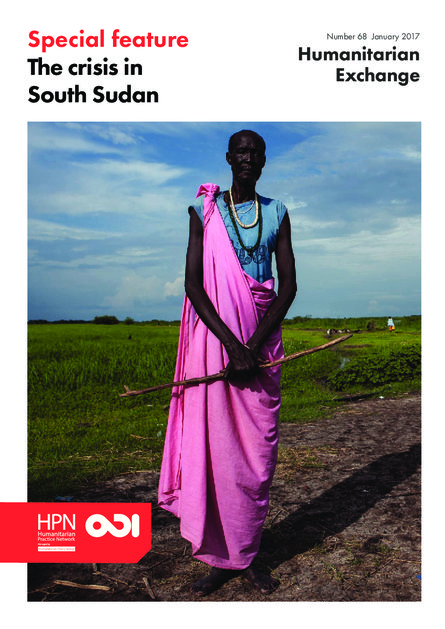
In the days following the outbreak of violence in South Sudan on 15 December 2013, tens of thousands of people fled to UN peacekeeping bases across the country seeking protection. While the trend of civilians sheltering in UN bases is by no means unprecedented, what evolved over the next three years was unlike anything humanitarians had experienced previously: the emergence of a new type of protracted displacement site that blends the UN ‘safe areas’ of the Balkans in the 1990s with the traditional camps found elsewhere in Africa.
These so-called Protection of Civilians (POC) sites came to define the response in South Sudan. With the total population of the sites peaking at over 200,000 in September 2015, protection needs were not only tremendous, but the people taking refuge in the sites were also highly visible and accessible. As a result, much of the humanitarian and peacekeeping effort focused on the POC sites, despite them housing less than 10% of the total displaced population. This imbalance sparked debates about the appropriateness of the response and whether the attention to the POC sites came at the expense of meeting needs elsewhere.
In April 2015, the UN Department of Peacekeeping Operations made it a global policy that UN missions with a protection of civilians mandate must be prepared to open their gates to civilians in extreme situations of violence. The inclusion of this language, and the precedent set by the experience in South Sudan, make it likely that the POC site model could emerge in other situations of conflict in the future. With this in mind, it is important to take stock of the lessons from South Sudan, and ensure that they are applied going forward.